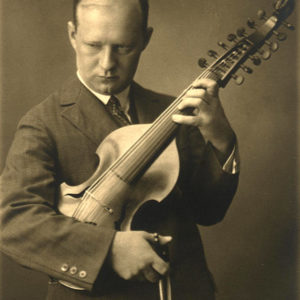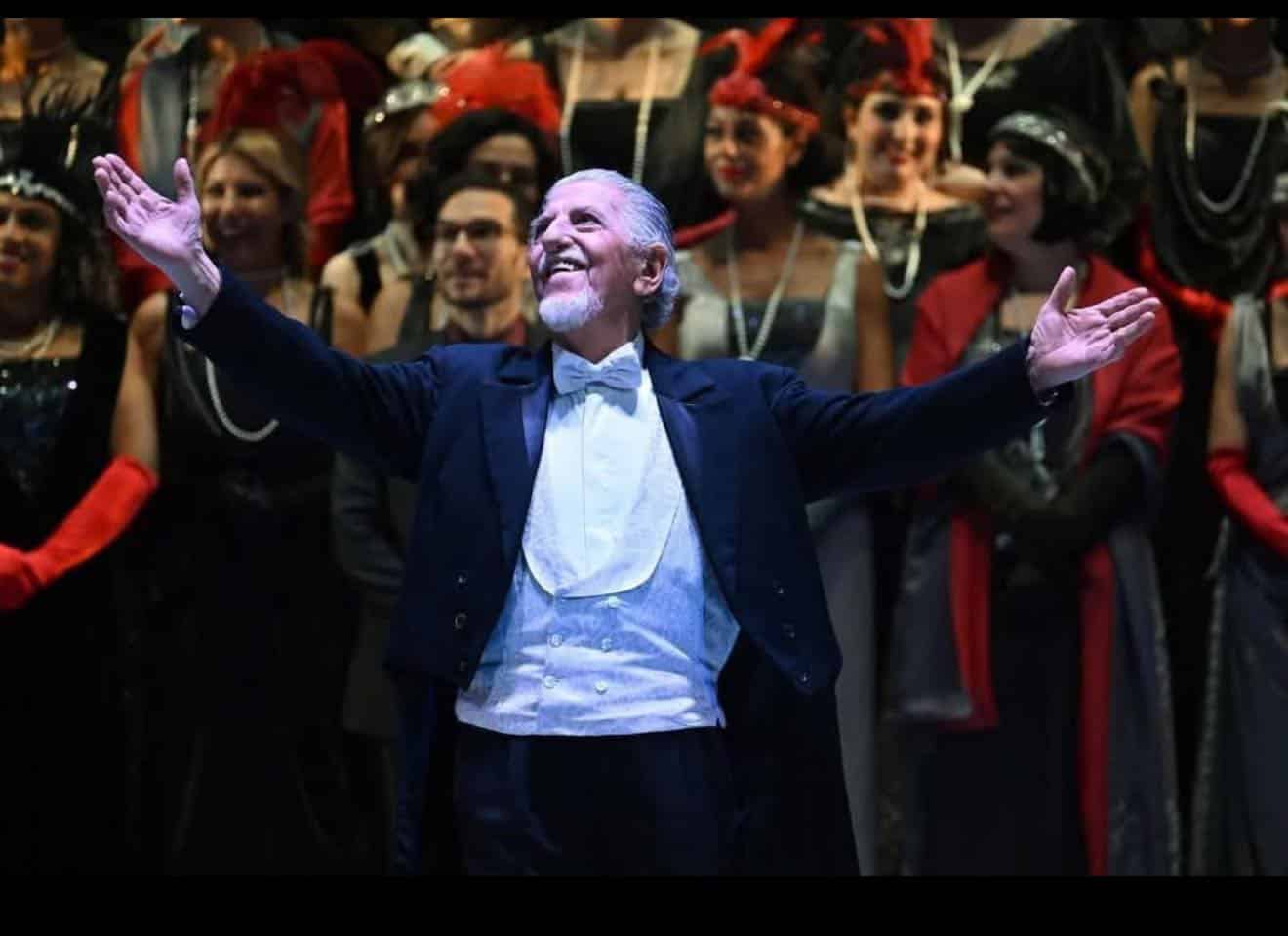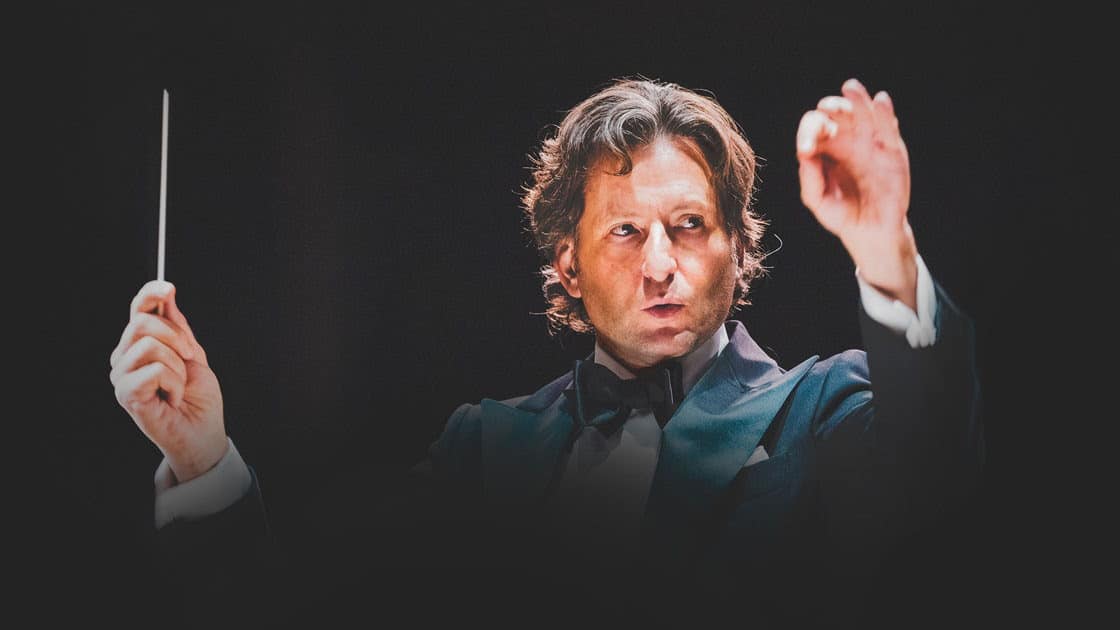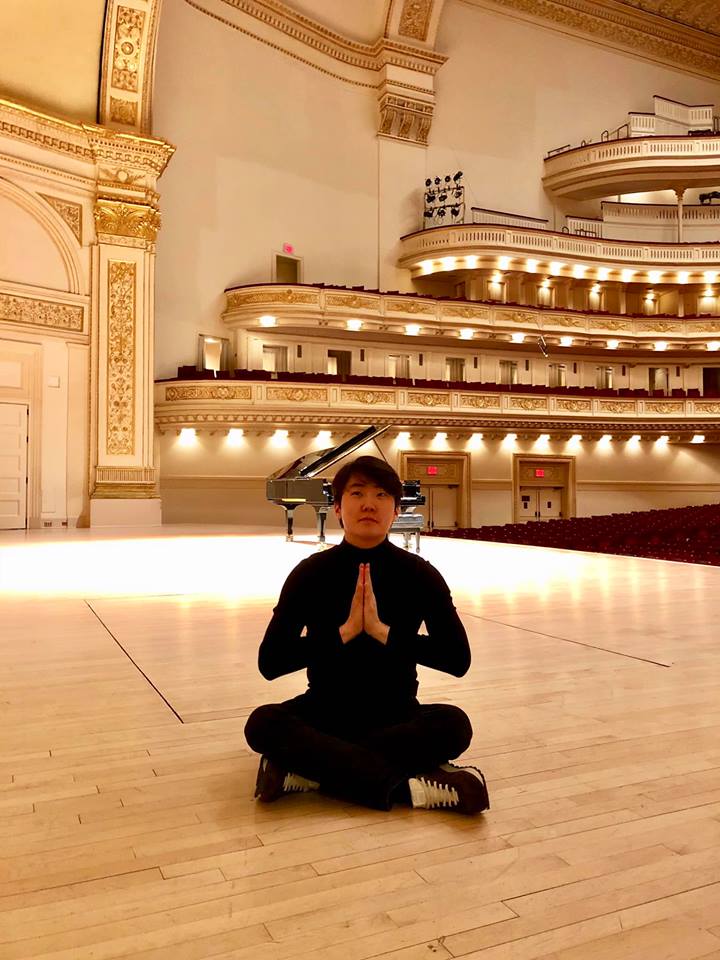Find me the way into Hindemith…
Album Of The WeekFrom the Lebrecht Album of the Week:
Hindemith is a house without a door. The immensity of his output — 11 operas, 5 ballets, a dozen concertos, countless works for orchestra, lots of chamber music — is not just daunting but superficially impenetrable. The consistency is high and the differentiation difficult.
A German who fought in the First War, and was exiled by Hitler, Hindemith concerned himself with performance high and low, writing for major stages and domestic living rooms. When asked, “which Hindemith should I try first?” I’m lost for an answer….
Read on here.
And here.
In The Critic here.
In Czech here.







Comments